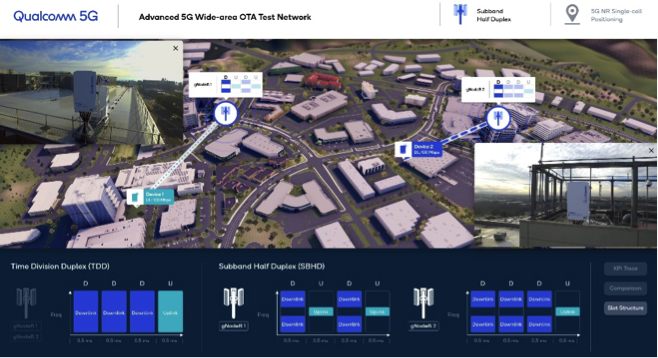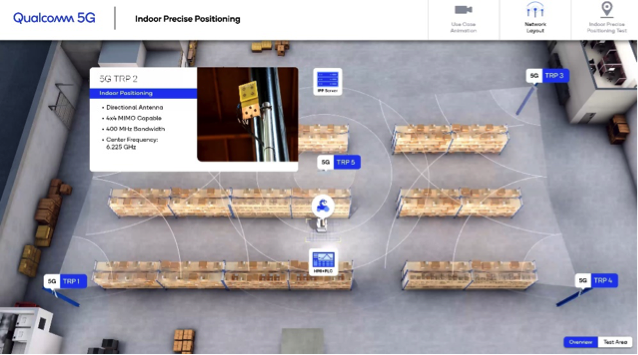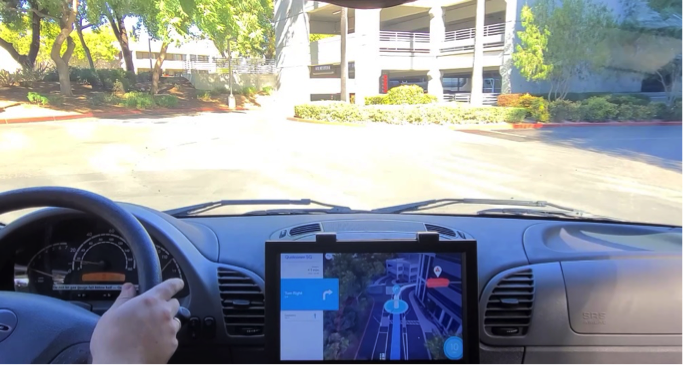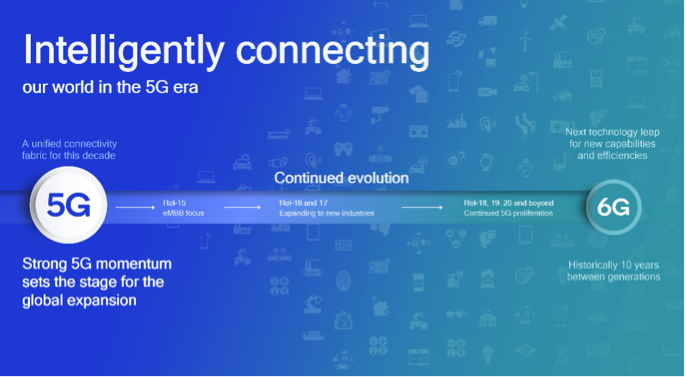Our R&D focus to unlock the next chapter of 5G and the 5G technology demonstrations you can expect to see at Mobile World Congress Shanghai 2021
The past 12 months has seen many challenges, and the mobile ecosystem had to adapt to new working environments and approaches for global collaborations and teamwork. Making daily use of mobile devices, broadband connections, and virtual meeting platforms, we were able to make important progress in 2020 toward fully realizing the 5G vision, including the completion of 3GPP Release 16 specifications and many other key 5G technology milestones.
This year marks the beginning of a new decade of 5G evolution, as we continue to break technology barriers to improve 5G system performance and expand into new industries. The series of MWC events are expected to return, and the first in the lineup is MWC Shanghai. Starting this week, where we’ll be showcasing our latest 5G technology research. In this blog post, let me outline several of our core research focus areas as well as the technologies being demonstrated at the show.
Enhancing the 5G system foundation
We continue to make improvements to 5G system design, bringing even more capacity, wider coverage, lower latency, and new use applications to mobile operators and end users globally. Our R&D efforts to enhance end-to-end system performance and efficiency span multiple fronts, and here are a few advanced 5G technology demonstrations that exemplify our work.
- For sub-7 GHz systems, we are making great strides in pushing massive MIMO toward full duplex communication — the ability to transmit and receive at same time in the same spectrum band. Our 5G multi-cell over-the-air (OTA) test network can now support subband half-duplex, allowing for more flexible service multiplexing as well as improved latency and coverage.
- For mmWave, we have implemented smart repeater prototypes in our outdoor OTA test network, showcasing how repeaters, as well as integrated access/backhaul, can further enhance system reliability and coverage. In addition, we have simulated our Release 17-based NR-Light (aka Reduced Capability) design which can expand mmWave to new tiers and types of devices.
- 5G’s design has intrinsically low-latency and high capacity, making it well suited to fuel next-generation distributed computing and edge cloud applications. Combined with AI, boundless XR ushers in more immersive virtual reality and augmented reality mobile experiences. Our latest demonstration showcases an optimized end-to-end 5G OTA system efficiently supporting multiple XR users.

Building new 5G horizontal capabilities
5G is a flexible platform that can also support new capabilities beyond data communication. For example, 3GPP Release 16 introduced 5G NR-based positioning technology that can meet a wide range of indoor and outdoor use case requirements, and Release 17 will further enhance positioning accuracy, capacity, and latency. This year, we are showcasing advanced positioning support in our OTA test systems.
- We have moved our work on outdoor positioning, which combines roundtrip time (RTT) and angle-of-arrival (AoA) positioning techniques, from system simulations to OTA testing. This year, we are validating our positioning design in a test network that can meet the 3GPP Release 16 outdoor accuracy requirement of 10 m even when only using a single cell.
- For indoor use cases such as industrial IoT (IIoT), we continue to enhance our indoor OTA test network to target Release 17 positioning accuracy of 20 cm. This end-to-end system is a multi-cell deployment that utilizes the Qualcomm Snapdragon platform and a deployment-friendly bandwidth of 100 MHz in sub-7 GHz frequencies.

Optimizing 5G for new verticals
To enable 5G for a broader set of industries, we are evolving the 5G system to meet new use case requirements beyond mobile broadband. For instance, 5G can benefit and transform future industrial and automotive networks. This year, our R&D teams have expanded their OTA testbeds to support enhanced and new features.
- Building on what we previously demonstrated, we continued to optimize 5G for IIoT applications, such as supporting ultra-high reliability communication and time-sensitive networking (TSN). We are excited to show, for the first time, how sidelink communications between devices can deliver broader coverage and higher capacity for IIoT applications.
- In automotive, sidelink is already supporting safety use cases driven by Cellular-V2X that we pioneered in Release 14. This year, we are showcasing how sidelink can also complement wide-area 5G for advanced applications, such as navigation based on high-resolution 3D maps, provided by local roadside units (RSUs).

What’s on the longer-term horizon?
Our long-term research is focused on the next set of revolutionary innovations. We are driving the convergence of physical, digital, and virtual worlds, opening up a wide range of new applications and devices. It is hard to predict exactly when 6G will come, but history tells us a generation leap comes with roughly a 10-year cadence, ultimately driven by a combination of new market needs and technology advancements, with 5G continuing to evolve and expand its scale and range of applications over this decade.
At Qualcomm Technologies, we have always maintained our focus on transformative wireless innovation to create technology breakthroughs and open up new markets. While it is still too early to say what will formally define 6G itself, what we do know is that we will be there just like we’ve been for every mobile technology leap as we continue to drive longer-term research across core wireless disciplines and a growing mix of adjacent technologies.
I am very excited about all the progress we’ve made so far, and it’s full steam ahead for the Qualcomm Technologies global research team. So, stay tuned, as I plan to share our progress in more detail as we get closer to MWC Barcelona in June.

Learn more
To learn more about the continued 5G technology evolution and see our wireless research focus, please visit our 5G research webpage. Sign up for our wireless technologies newsletter to stay up to date as we make additional progress on our way to Mobile World Congress Barcelona in June.
Qualcomm Snapdragon is a product of Qualcomm Technologies, Inc. and/or its subsidiaries.

